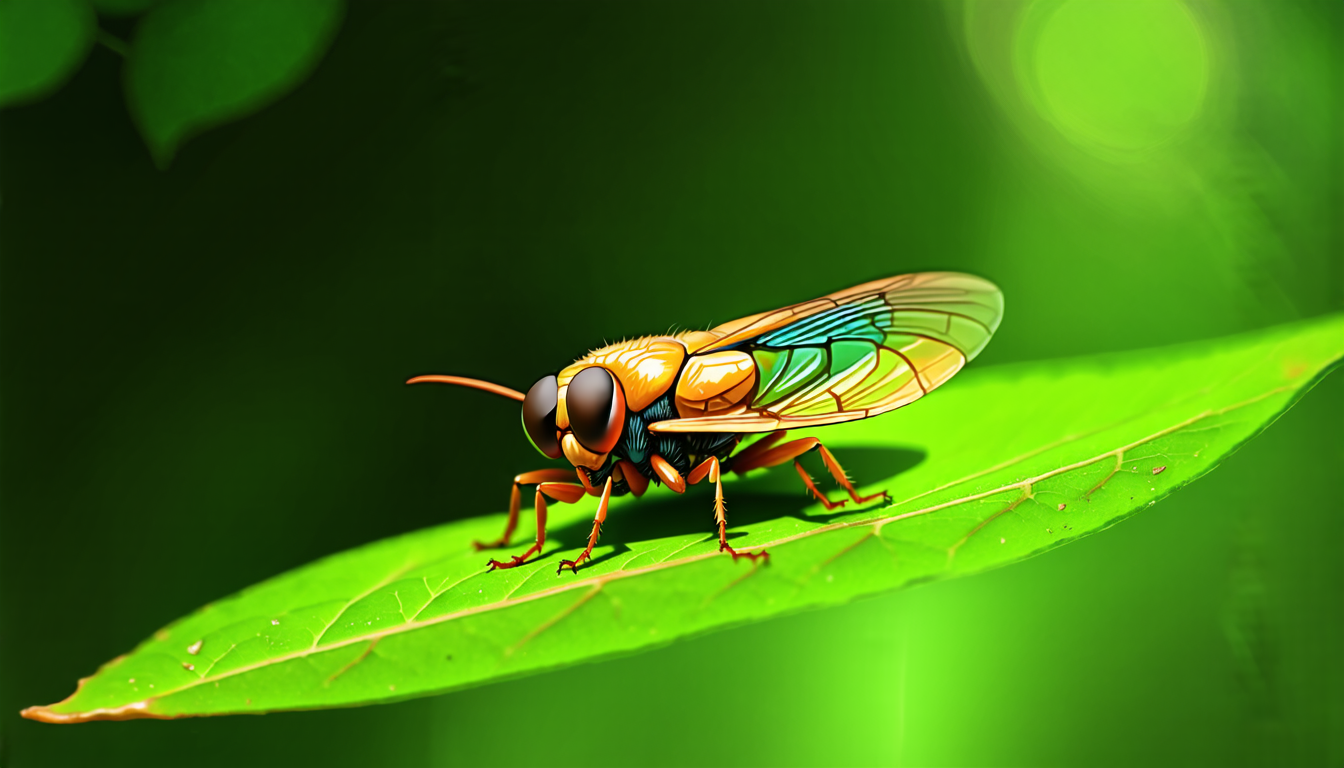Tuesday 08 April 2025
A chorus of cicadas, a symphony of sound and light, has long fascinated scientists seeking to understand the intricacies of collective behavior. These insects, known for their synchronized singing, have now been found to exhibit a remarkable ability to coordinate their actions based on environmental cues, such as changes in sunlight.
Researchers studied the dawn choruses of several cicada species, using advanced statistical techniques to analyze the timing and intensity of their songs. They discovered that the insects’ decision-making processes are influenced by both individual sensory information – such as light levels – and shared acoustic signals from other cicadas.
The findings suggest that the cicadas use a complex interplay of internal and external cues to determine when to join in with the chorus, allowing them to adapt to changing environmental conditions. This remarkable ability to balance individual and collective decision-making has implications for our understanding of social behavior across species, from birds to humans.
One key aspect of the study was the use of time-frequency analysis to examine the dynamics of the cicadas’ songs. By breaking down the sounds into their component frequencies, researchers were able to identify patterns that revealed how the insects respond to changes in light levels and other environmental factors.
The data showed that the cicadas’ choruses are closely tied to the timing of sunrise, with the singing intensity peaking just before dawn. This suggests that the insects use the increasing light levels to trigger their decision-making process, allowing them to coordinate their actions with those of their peers.
Furthermore, the study revealed that the cicadas’ susceptibility to external cues is influenced by internal factors, such as their individual experience and social status within the group. This highlights the complex interplay between internal and external drivers of behavior, which is a crucial aspect of collective decision-making.
The researchers used mathematical models to simulate the cicadas’ behavior, testing how different parameters affected the outcome. They found that the insects’ ability to adapt to changing environmental conditions relies on the balance between individual sensory information and shared acoustic signals.
These findings have significant implications for our understanding of social behavior in animals, as well as potential applications in fields such as robotics and artificial intelligence. By studying the intricate dynamics of cicada choruses, scientists can gain insights into how complex systems operate and make predictions about how they may respond to changing conditions.
In this study, researchers have shed light on the remarkable ability of cicadas to coordinate their actions based on environmental cues, revealing a sophisticated interplay between individual and collective decision-making.
Cite this article: “Cicada Choruses: A Symphony of Light and Decision-Making”, The Science Archive, 2025.
Cicadas, Collective Behavior, Synchronization, Environmental Cues, Light Levels, Acoustic Signals, Social Behavior, Decision-Making, Time-Frequency Analysis, Mathematical Modeling.







